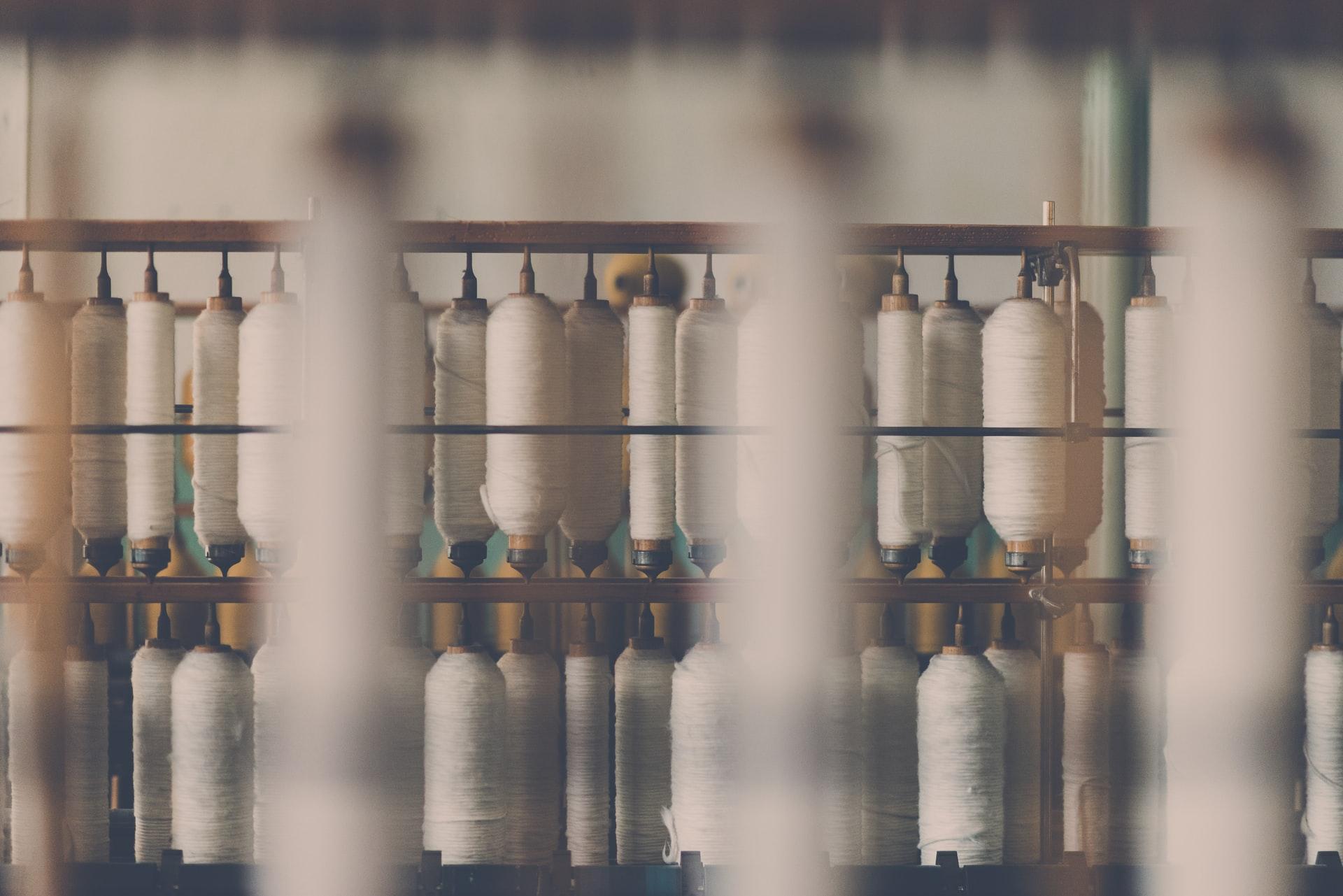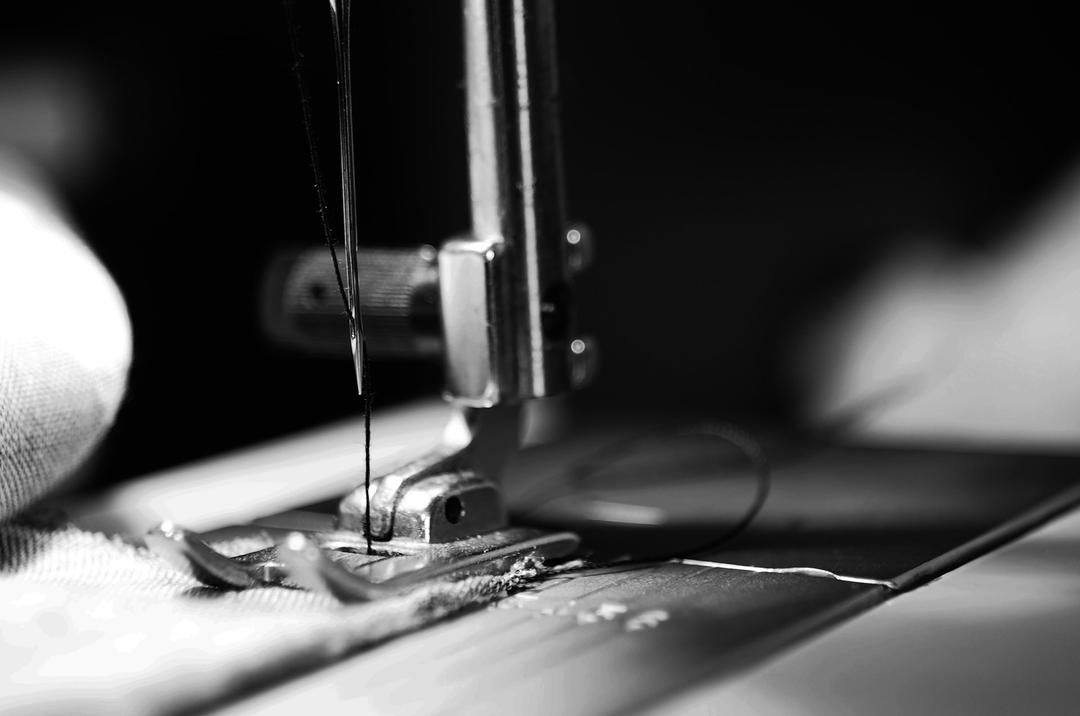Free Shipping Orders $150+
Free Shipping Orders $150+
What is Fashion Revolution Week?
An ongoing revolution that comes year after year to bring a heightened awareness of what goes on behind closed factory doors. It happens each year on the anniversary of the Rana Plaza disaster in Bangladesh. This Plaza held a number of factories filled with workers creating garments for export. Due to the poor condition of the building, there was a major collapse and of the nearly 5,000 workers, 1,134 were killed and many others injured.
This week is a crucial time to stand and vote with your dollar for the kind of business you wish to support. How you shop, what you buy, and where you purchase from are three major factors in helping support slow fashion but also ensuring your dollar does not go toward a business that endangers its workers and foregoes the environmental costs of their production.
What Fashion Revolution Week Means
Fashion Revolution Week is an annual reminder, statement, and holiday that brings awareness to the many brands, big and small, that have made the choice to create clothing that does not come at the expense of the workers who make them.
It’s a week of sharing and exploration, and truly investigation, of the brand you know and love on how they align with your personal values. While we may be invested in and close to the niche of slow fashion, it’s most important for Fashion Revolution Week to spread the word beyond our common spaces. More people still are unaware that their shopping habits are contributing to something so horrible. This week should spark change with those that are unaware and should work to create new habits in them with newfound knowledge.
How to Make a Difference
To start, it begins with the small habits. Choosing to focus and purchase based on quality and cost per wear, you’ll make a vote with your dollar to support businesses that do good in their design process and manufacturing. From there, you can make a difference by supporting and donating to funds and organizations like Fashion Revolution so they can continue to work on creating resources and content to educate more people on what slow fashion means and what it looks like. Finally, the best approach to make a change is with compassion, not guilt or embarrassment. It’s about taking any action that you can, as you are, and becoming aware of the role you play. In addition, take time to think about what role your favorite brands play too!
How to Make a Difference
To start, it begins with the small habits. Choosing to focus and purchase based on quality and cost per wear, you’ll make a vote with your dollar to support businesses that do good in their design process and manufacturing. From there, you can make a difference by supporting and donating to funds and organizations like Fashion Revolution so they can continue to work on creating resources and content to educate more people on what slow fashion means and what it looks like.
Finally, the best approach to make a change is with compassion, not guilt or embarrassment. It’s about taking any action that you can, as you are, and becoming aware of the role you play. In addition, take time to think about what role your favorite brands play too!
To help, we’ve compiled a list of questions you can ask of your favorite brands to see if they align with your values when it comes to ethics, sustainability, and more. We also want to mention that while brands should always be striving to do their very best, they may not be able to do it all in their current stage.
Some brands will be more focused on sustainable fabrics and still be working on transitioning to more ethical manufacturing practices. Companies may have ethical production practices but still be working to find ways to remove plastic from their shipping materials and be more sustainable. These are all worthy efforts and take time and investment to implement depending on the size of the business. We should lead with grace and compassion in any brand that is working hard to make a positive impact and difference in the fashion industry, no matter how big or small.
Questions to ask your favorite ethical brands:
What are your production practices?
What fabrics do you use and why?
Will this last me a long time? Is this worth the investment?
What does “small-batch” mean and why is it important?
Where do your products go at the end of their lifecycle?
What type of packaging do you use?
We work hard to donate, upcycle when we can, and resell older styles through our newly launched Worn Well Collective.
Our packaging has removed as much plastic as possible with fully recyclable and compostable kraft mailers. Plus, we care about each piece you purchase and want you to increase the Cost Per Wear of every item you own. You can do this by caring properly for your garment, repairing it when necessary, thrifting or reselling, or gifting to someone instead of throwing it away.
Though Fashion Revolution Week does a great job starting the conversation and asking important questions, it’s up to us to make changes in our own lives and keep the conversation alive through the rest of the days of the year.




